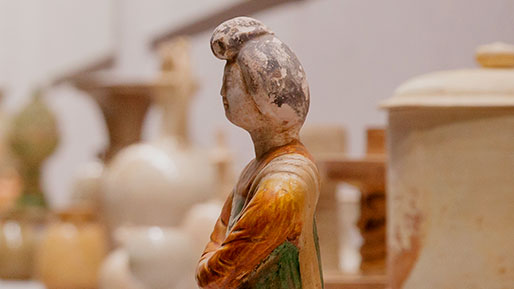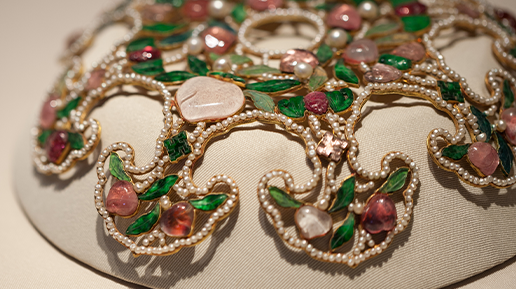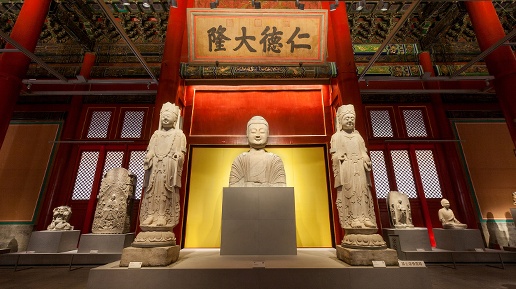In the spring of 1900 two small sponge divers\' boats from Symi were forced to cast anchor near Pinakakia on Antikythera on their way back from Benghazi due to adverse weather conditions. The subsequent discovery and reconstruction of the "Antikythera shipwreck" still fascinates lay people and moves the experts. The field of underwater archaeology had been born. The "Antikythera youth", other bronze and marble statues, luxurious vessels, jewellery, coins, vases, klinai (beds) and the first known calculating machine - the "Antikythera mechanism" - were subsequently recovered by divers from Symi and have since enriched the collections of the National Archaeological Museum in Athens.
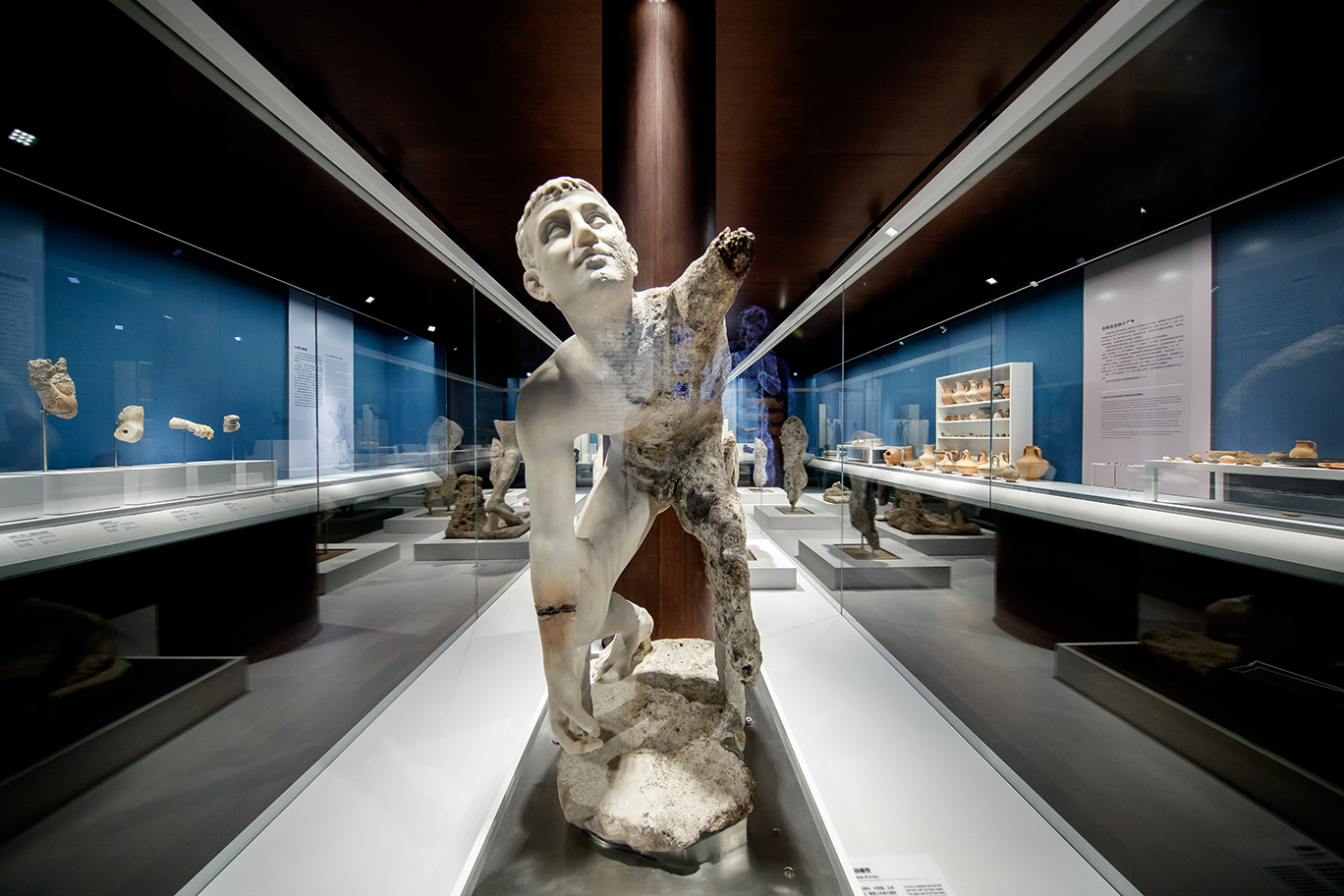
The recovery of the ship and its cargo continued in 1976. The Greek and French divers were supervised by the archaeologist Lazaros Kolonas and the operation was coordinated by the Ephor of Antiquities, Goerge Papathanasopoulos, with the support of the oceanographic vessel Calypso, which had been made available to the Greek state authorities by Jacques-Yves Cousteau. Between Aprial 2012 and June 2014 more than 300,000 visitors availed of the opportunities to see a total of 378 finds as well as parts of the wooden hull, gathered for the first time in temporary exhibition held by the National Archaeological Museum Athens entitled "The Antikythera Shipwreck - The ship, the treasures, the mechanism".

The Statue of the "Philosopher of Antikythera" (ca. 230 BCE or shortly thereafter)
Bronze
From the material retrieved in 1900-1901
Athens, National Archaeological Museum, X13400, X15105, X15108, X15091, X15090, X18932, X15088
The story of the vessel that sank in the 1st century BC off Antikythera, the treasures it carried on board and the "secret" that went down to the bottom of the sea with it, and remained buried there for more than 20 centuries, has been reconstructed by the creators of the exhibition in a way that is easy t understand yet leaves a lasting impression. For this, all involved in the project tehrefore deserve the highest praise. It is a unique opportunity to become acquainted with outstanding examples of Greek art and to view them in the context of the Hellenistic and Roman periods in the Aegean. Moreover, the so-called Antikythera mechanism provides important clues with regards to the achievements of Greek technology and their importance as part of the Greek world heritage.
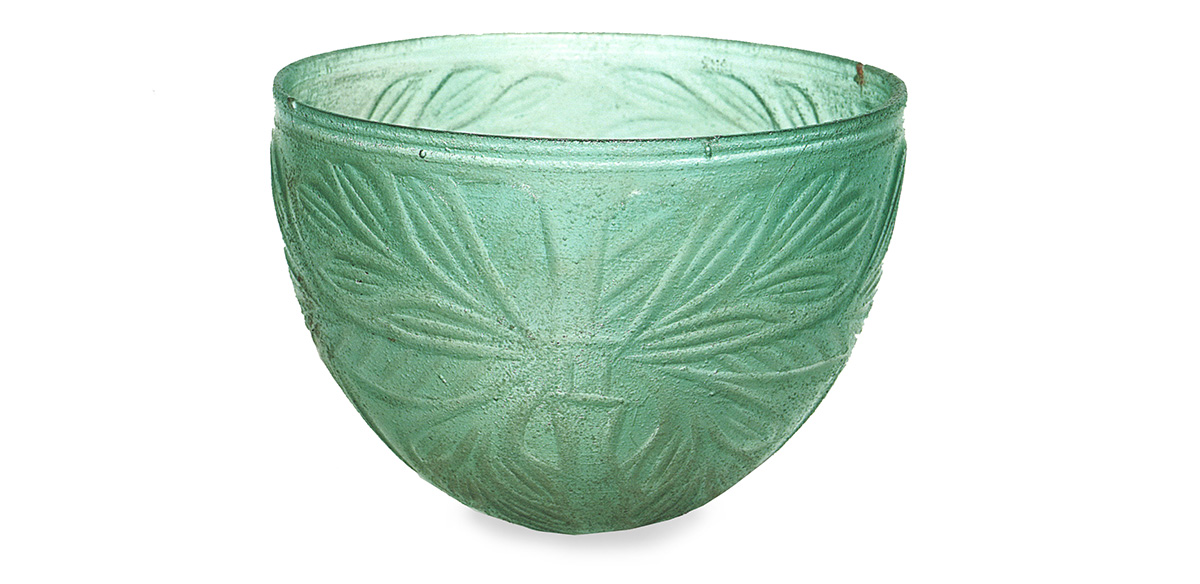
Bowl (1st half of 1st c. BCE)
Glass
From the material retrieved in 1900-1901
Athens, National Archaeological Museum, 23712

Excerpt from Elena Korka\'s introduction in The Antikythera Shipwreck: The Ship, the Treasures, the Mechanism, edited by Zhuang Ying






